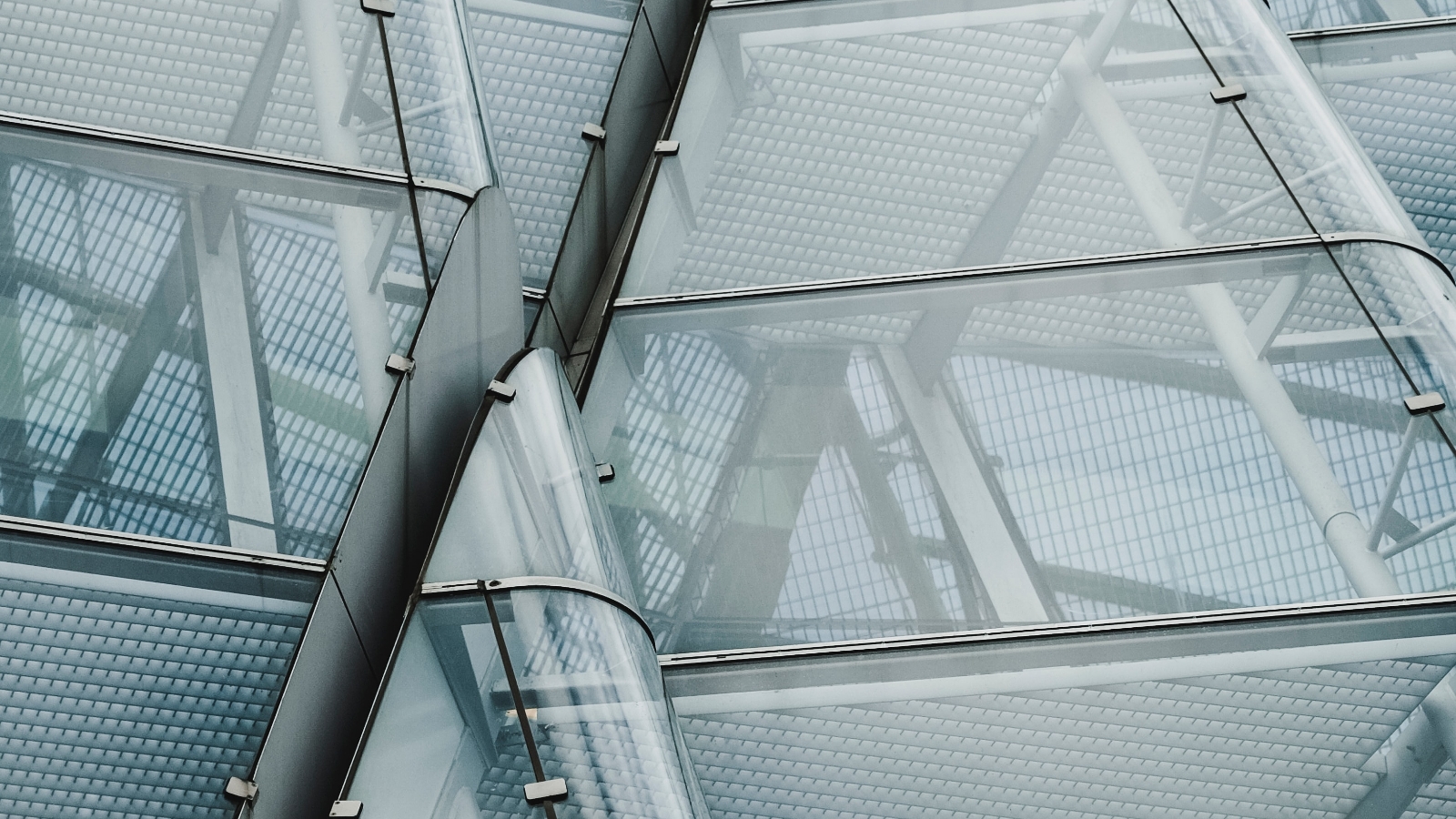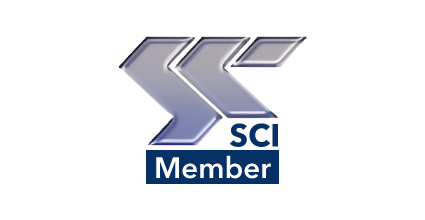Sustainability in Steel
Sustainability Helping the built environment achieve carbon net zero
Every organisation working in the built environment has their part to play in achieving net carbon zero.
Our ambition at Fusion is to be the offsite supply chain partner of choice, helping our clients achieve this vision by using our light steel frame superstructure solution.
Our principles
Across our 23 year history, we’ve designed and built more light steel frame superstructures than anyone else in our industry. We work for some of the UK’s largest contractors, developers and funders, and our ethos is to deliver high quality, precision engineered sustainable superstructures, on time, on budget and to specification.
By its very nature, our system is amongst the most sustainable construction materials available, but in order to ensure we use it to its maximum potential, we work to two principles:
- 1
Use materials which deliver the maximum benefit for a building, but in the smallest possible quantity.
- 2
Design all our operational processes to ensure waste is kept to a minimum.

Taking action
We’re a member of the Steel Construction Institute (SCI) and have worked alongside them and the BRE to help establish light steel framing as a sustainable offsite solution for the industry. To put this into context, the London Energy Transformation Initiative (LETI) identified a series of aims and approaches which should be adopted by the construction industry to help reduce embodied carbon. These were published in the Climate Emergency Design Guide.

The climate Energy Design Guide
Build Less
Working to achieve a circular economy as steel is is 100% reusable and recyclable.
Build Light
The weight of steel can achieve a 70% reduction in foundation loads relative to concrete and blockwork.
Build Wise
Light steel walls and floors in warm frame applications have a predicted design life of up to 250 years.
Build Low Carbon
Embodied carbon in building fabric is reduced by 20% when using light steel frame systems.
Build For The Future
Closed loop recycling surveys have shown light steel has a 93% recovery rate through demolition.
Build Collaboratively
Light steel systems can be built 30 – 50% faster than traditional methods on residential schemes.
Our Plan
These ideals now need to be put into practice if, together, we are to achieve sustainable, low carbon building methods. At Fusion, our plan looks like this:
Now
Quality procedures integrated into all our processes, minimising waste.
Active management of sustainably-sourced materials
In-house design and engineering teams maximising benefits of your product, while using the smallest amounts of material possible.
Future
Developing a fabric-first approach enables us to provide guidance to our clients on how they can achieve energy efficiency and high performance in their buildings
Partner with like-minded specialists to help our clients achieve their sustainability goals
With early projects engagement, clients can benefit from our expertise to help deliver environmental solutions
